Interactive insect field guide —
From the way way back, I continue to appreciate my final project from design school. There is no better feeling than having complete creative freedom to follow your passions. The concept for this project was to create a digital translation of an insect identification book. At the time, there weren’t many iPad experiences that transformed print to digital in a way that truly used the new media’s capabilities. I was excited to explore that potential, and eventually my insect identification book evolved into a powerful search experience. ⟶ → Grand prize winner in 2013 Adobe design achievement awards. ⟶ → Featured in Behance. ⟶ → Year 2012
The problems — ⟶ → The traditional printed identification book has limited search possibilities. ⟶ → These books requires prior knowledge, and are not widely accessible. ⟶ → Based on a market research I had conducted, I found that most insect identification apps only used the traditional search values.
The challenges — ⟶ → Finding the right way to transform the traditional printed book to the new media, while still keeping the unique experience of a traditional book. ⟶ → Appeal and be usable to a wide range of people, so that the general public is able to explore this world. ⟶ → Find the right balance of ease of use that also maintains the value for professionals. ⟶ → Introducing new cataloging conventions alongside the traditional ones.
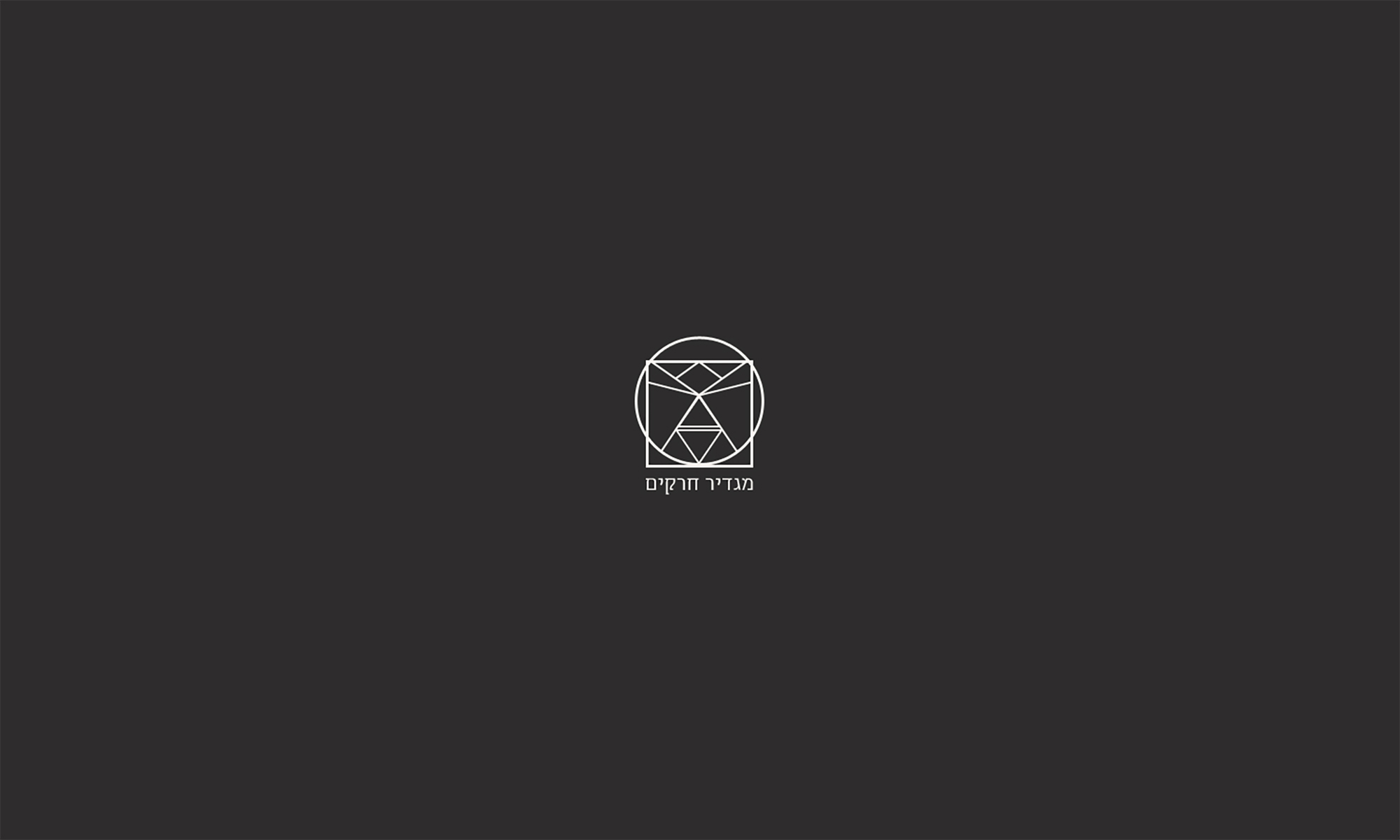
Logo design process — I found an inspiration for the logo in the Da Vinci drawing of the ideal human proportion. There is no ‘ideal’ insect shape but there are basic elements of shared anatomy that define them. Every insect has three body segments and three pairs of legs. I started to sketch geometric shapes overtop this drawing based on the insect structure. It seemed to capture some of the logic and functionality behind my project.
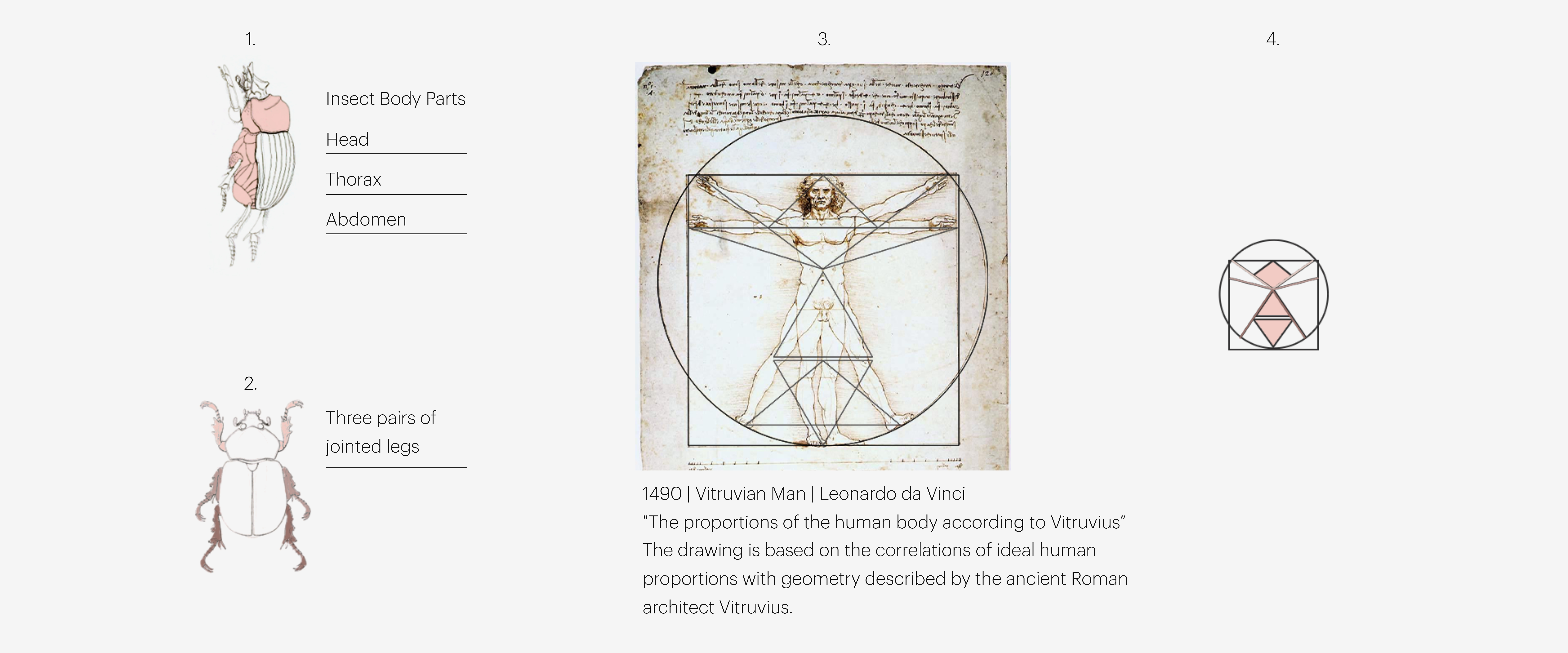
Search interface — the primary controls appear on the right side of the app. This interface makes use of search values that are not available in a traditional insect identifier, but are nonetheless already found in each insect entry. So it's easy to add location, seasons and time of activity, natural habitat, wings, and size, making it a much more powerful tool for research.
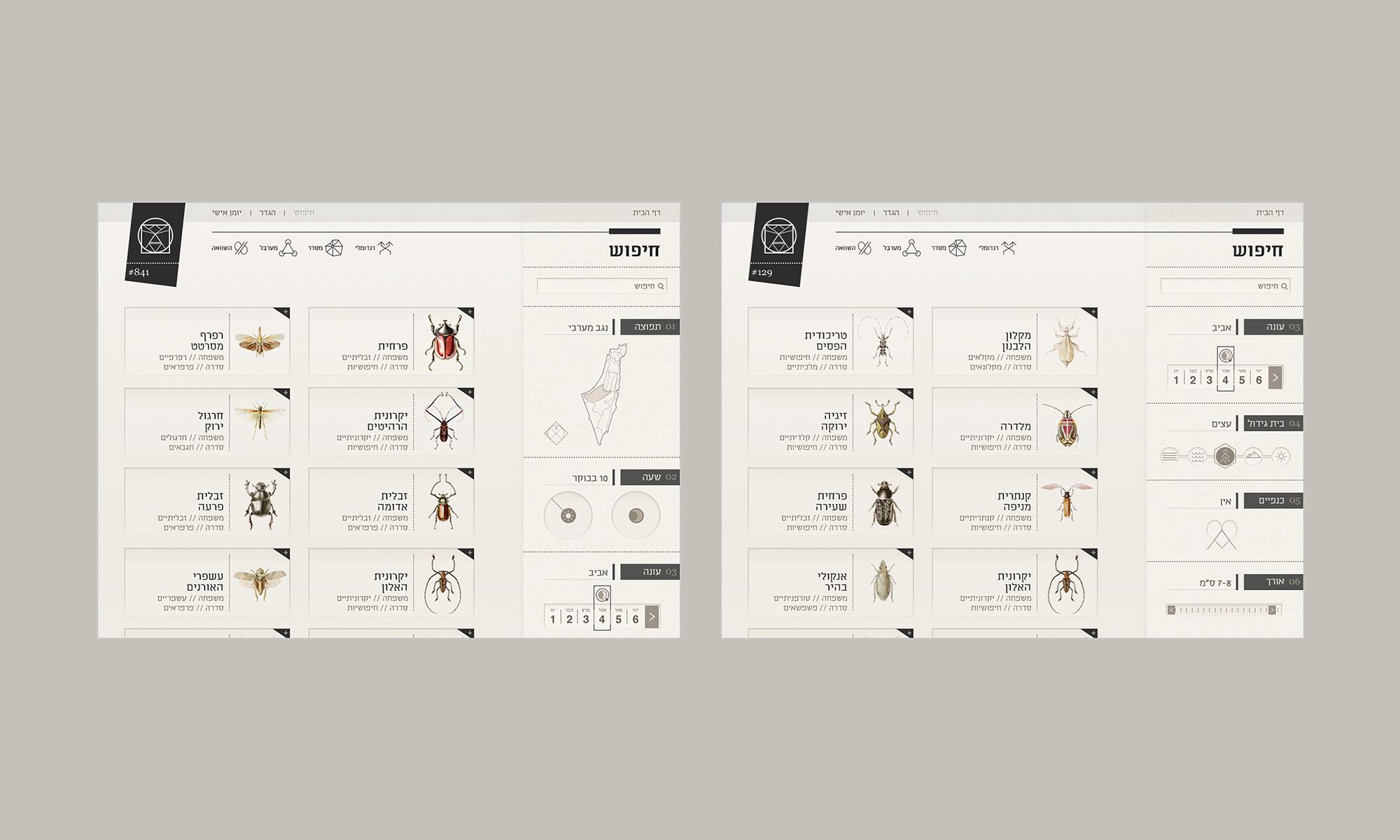
Insect page — on the left is listed the genus and species of the insect, allowing users to navigate by the more traditional taxonomic rank. The search side bar on the right is used to display the ‘locked in’ parameters that correspond to this unique insect. More encyclopedic information is available through expanding the descriptive text.
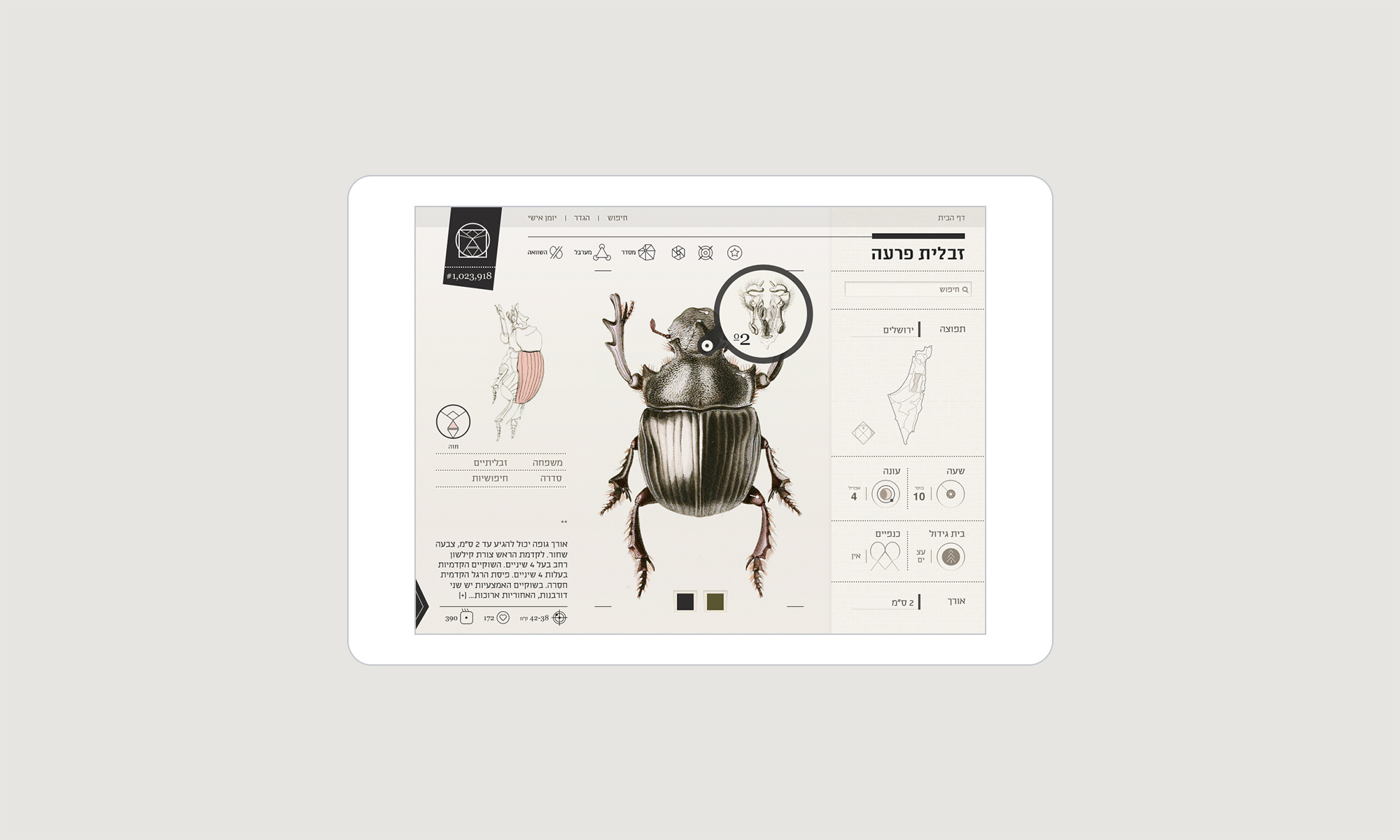
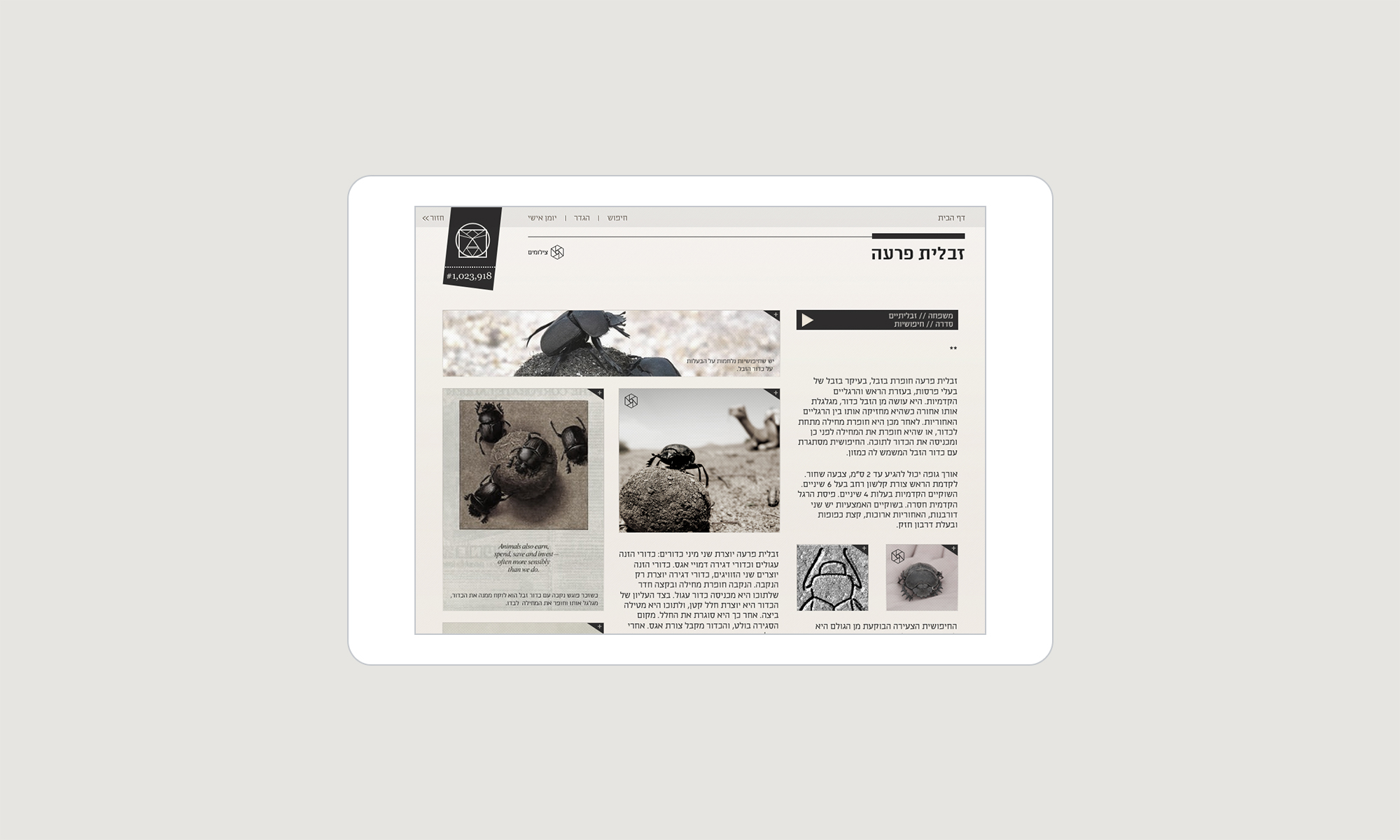
Here insects can also be explored in three dimensions. Exploded views help isloate and inspect the various parts of the anatomy.
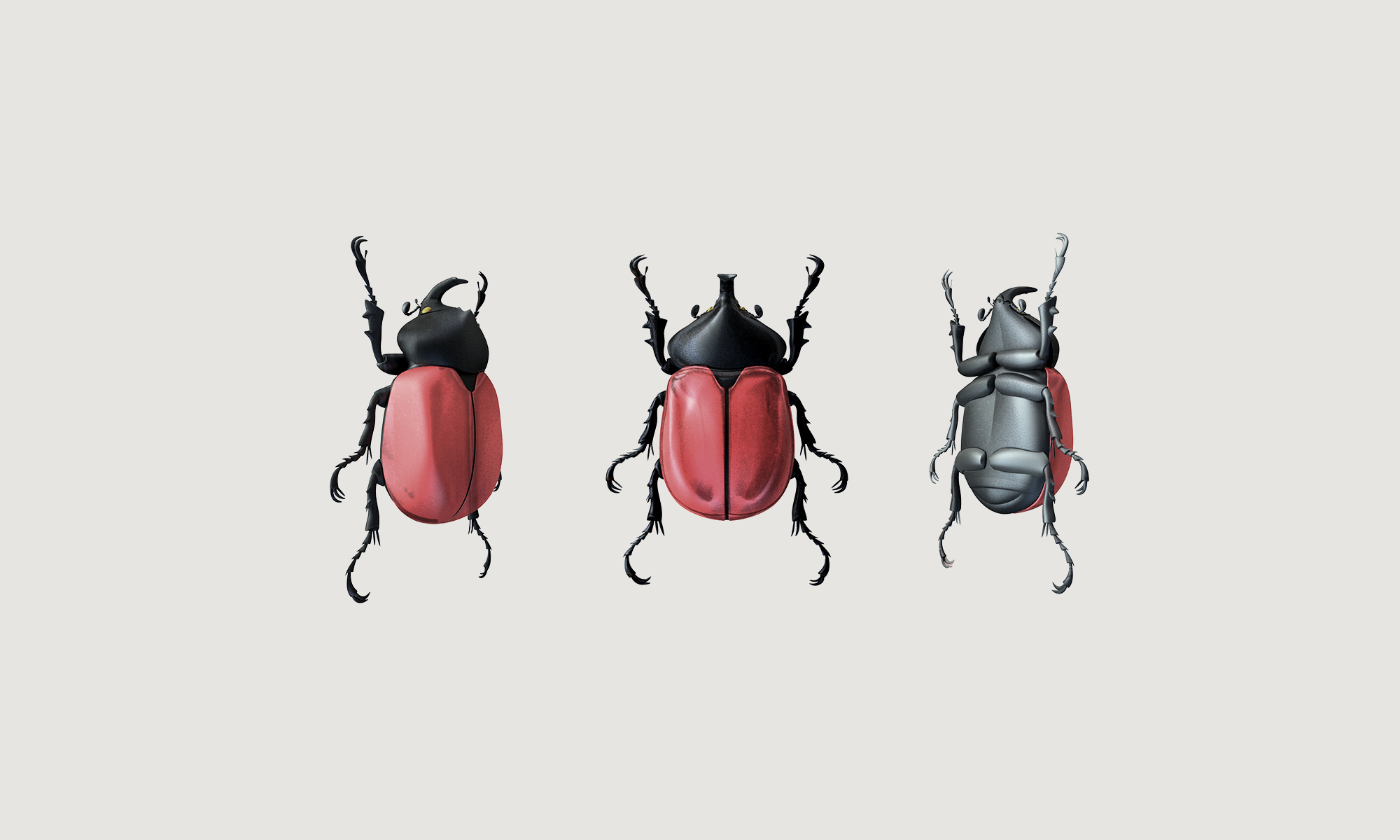
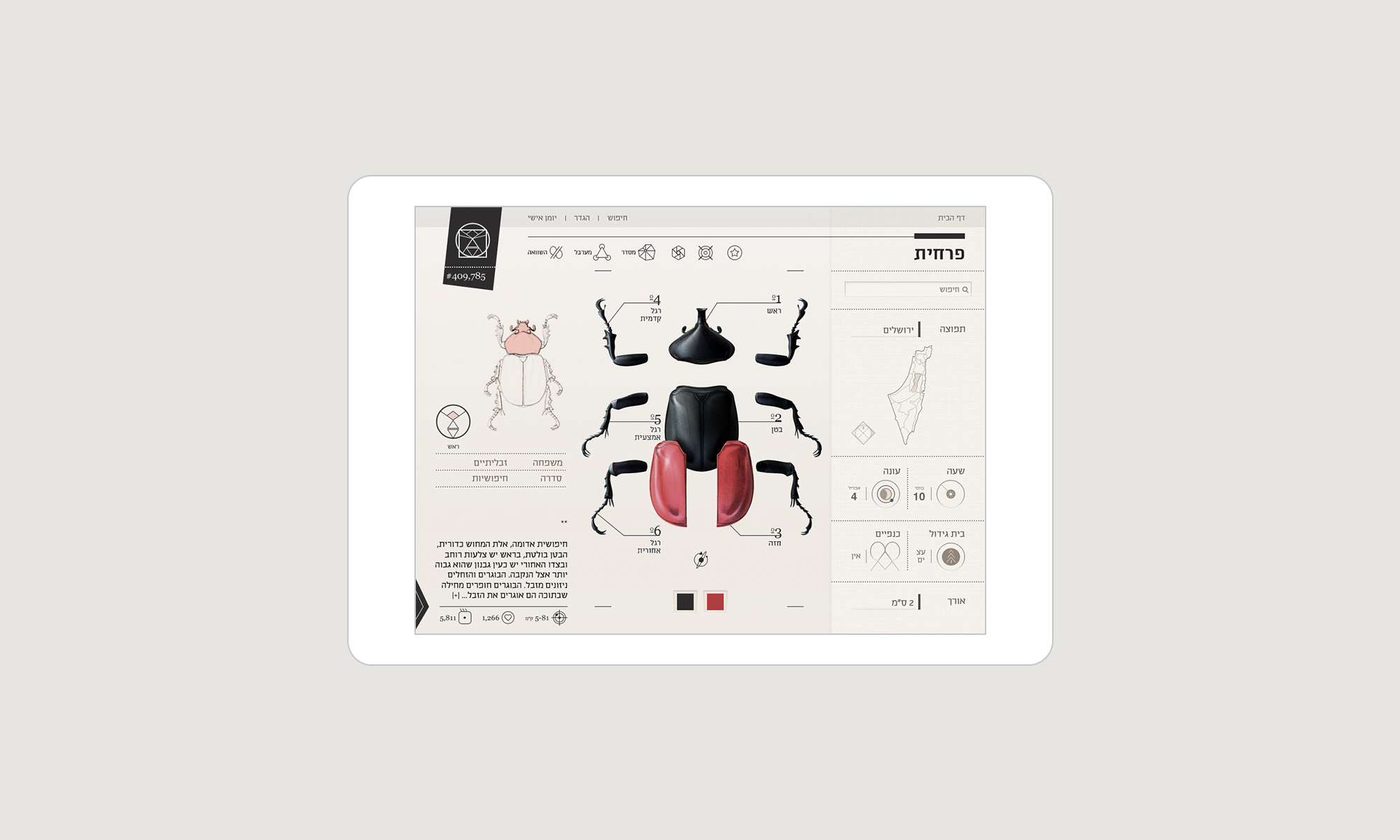
Tapping any of the parameters enables editing that will lead to new results. This browsing method enables the uncovering of intersections and new contexts between insects. Even the smallest exploratory pivot would have been a heroic effort with a traditional catalog.
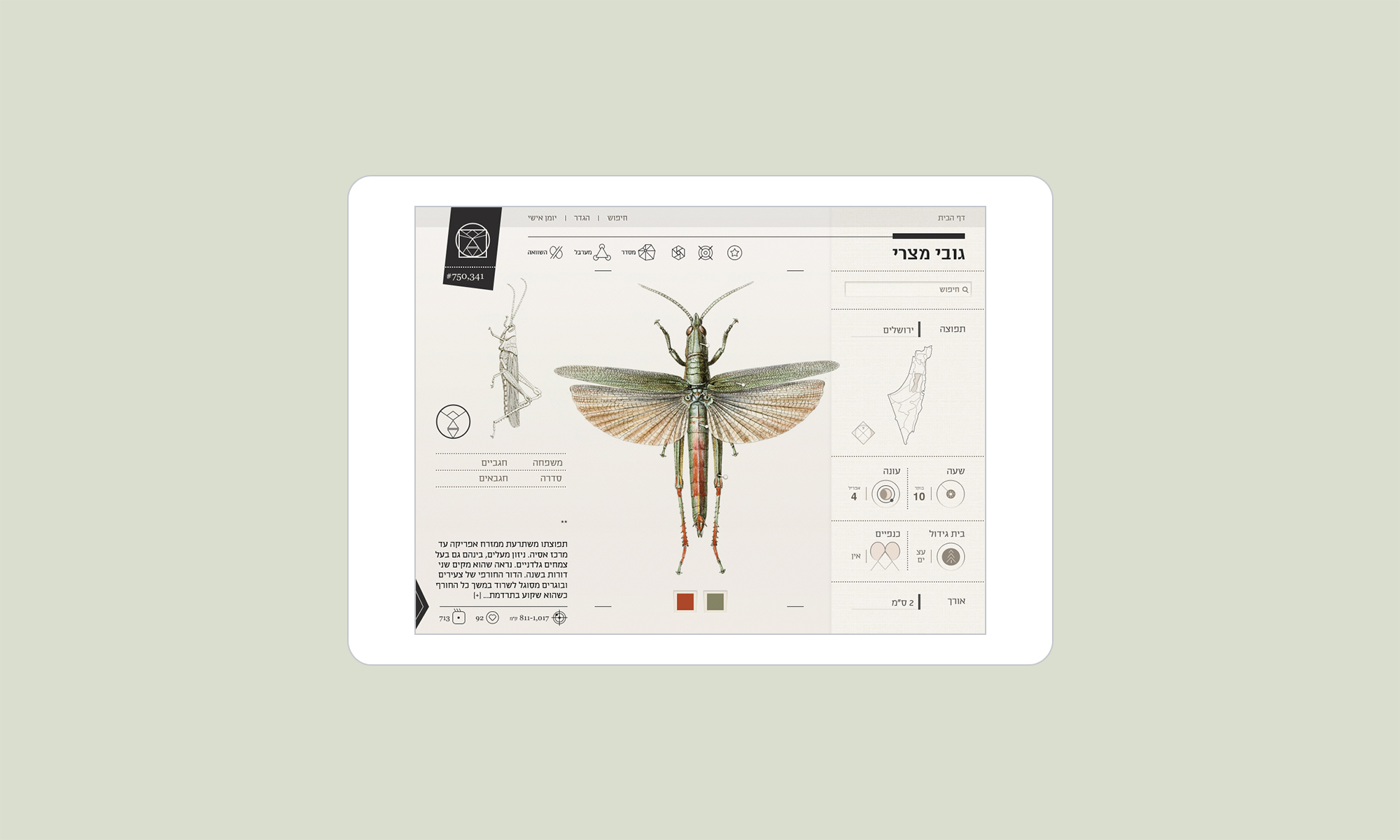

Blender search — an experimental feature that lets the user search using an ‘identikit’ that's divided by the three parts of an insect. This allows users to combine parts from different insects to try to uncover any insects that fit that new combo; a calculation of closest matches is on the left. The right shows the original insect for each of the three parts.
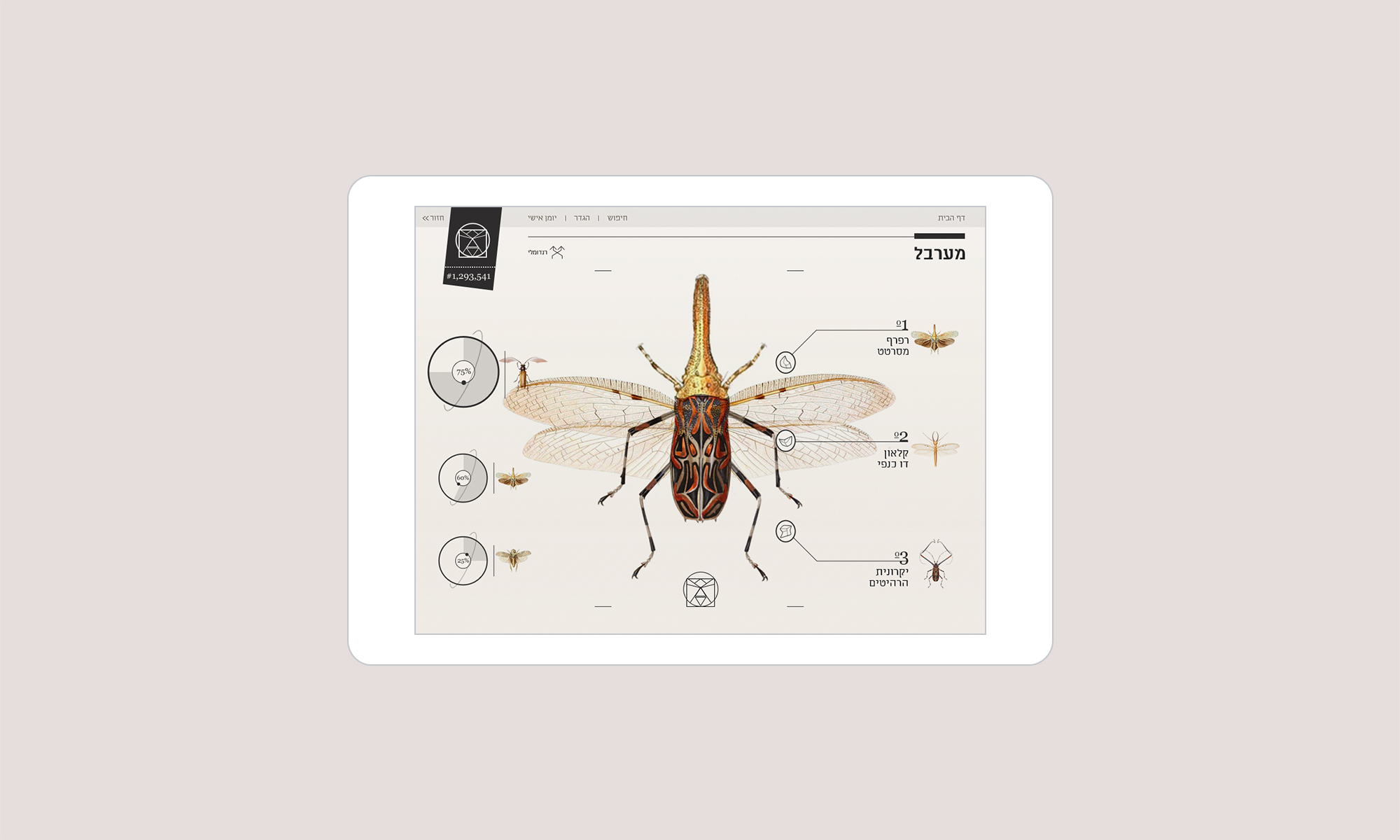
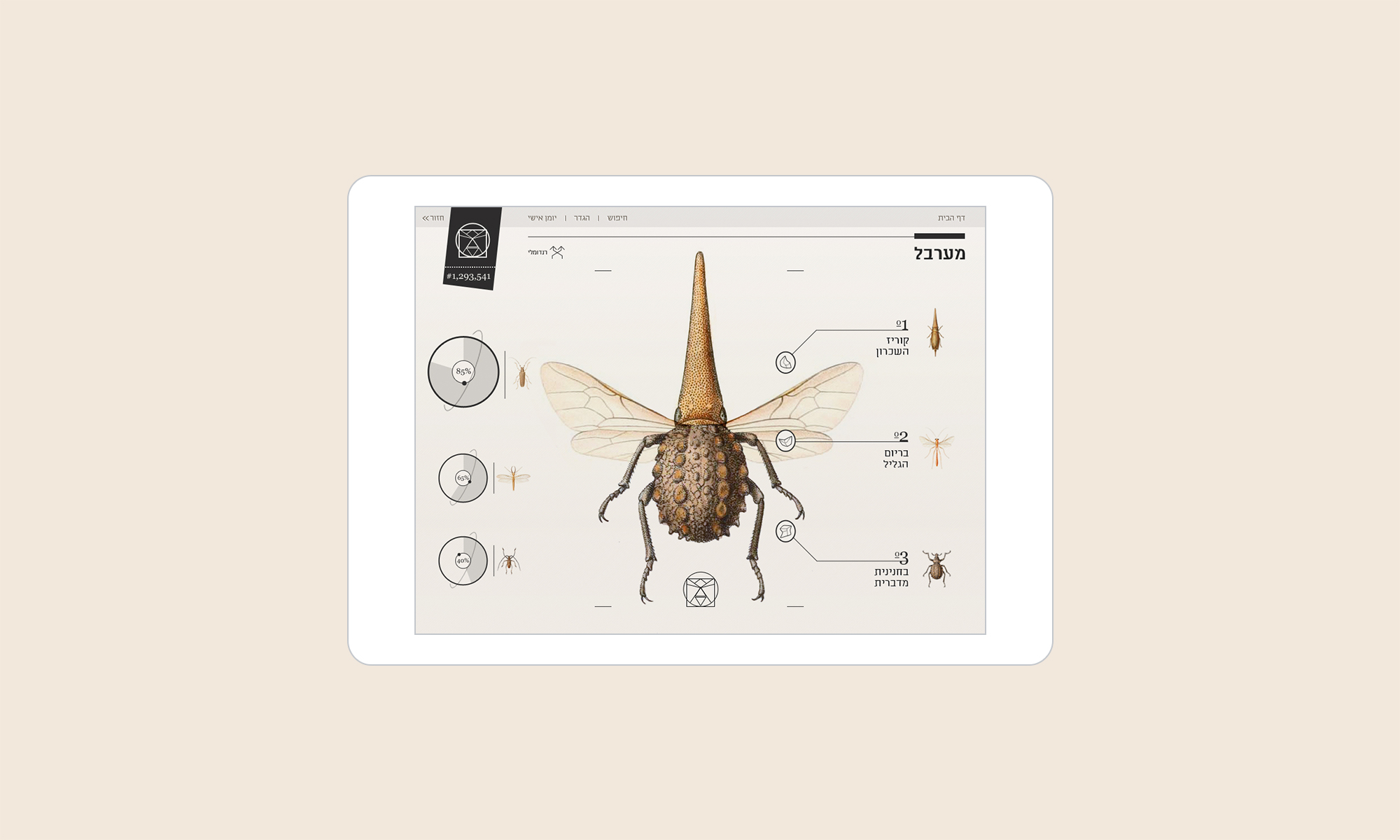
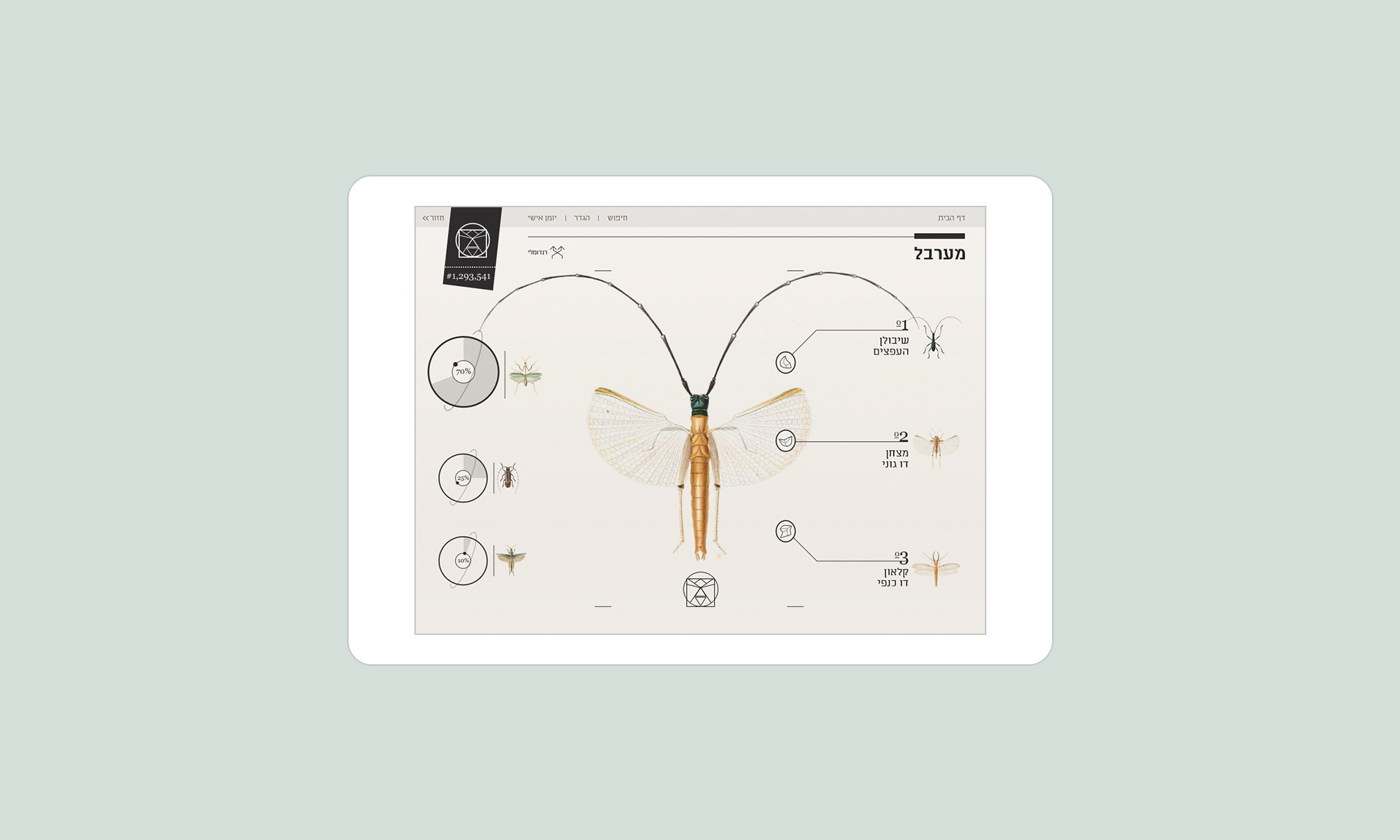
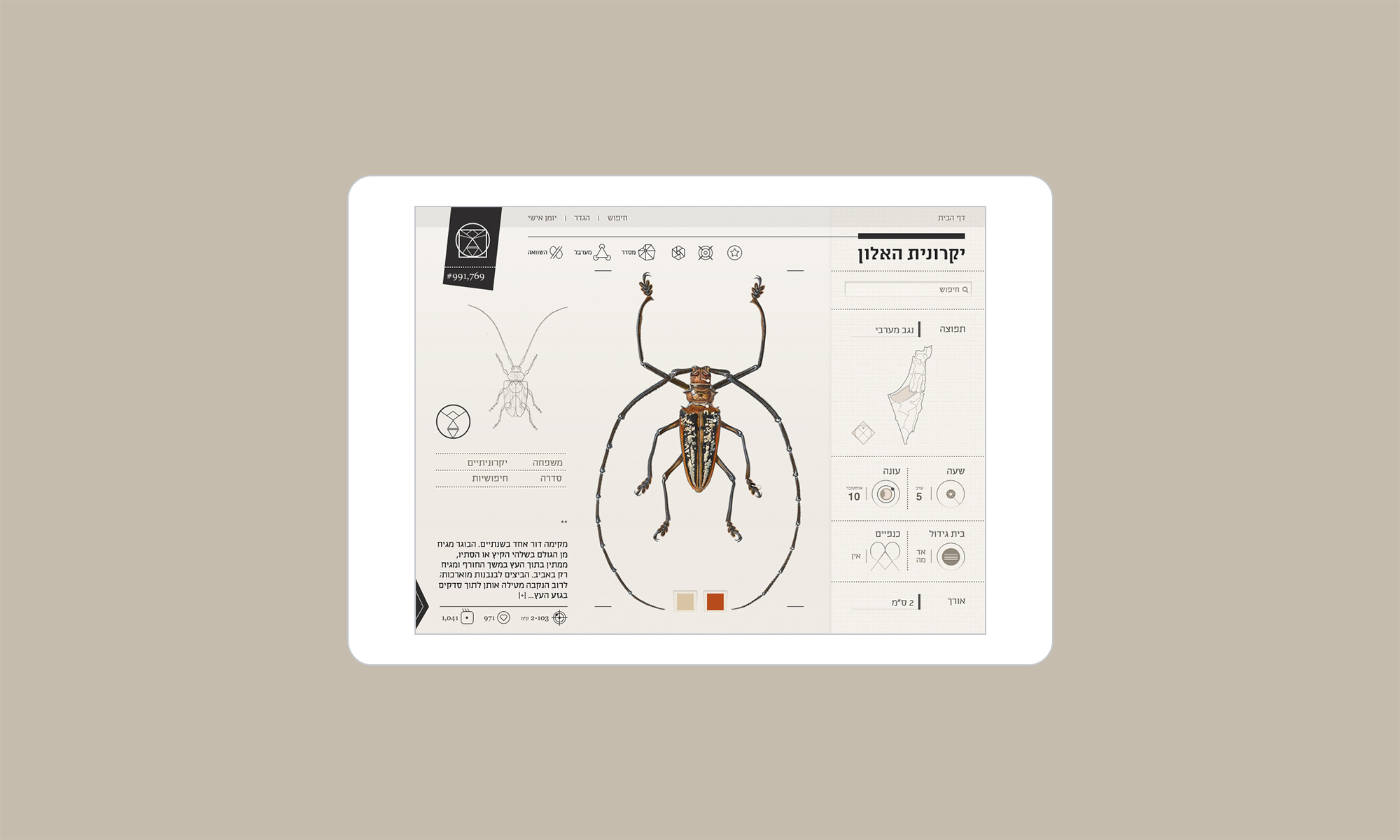
Comparison mode — touching either half of the insect activates the comparison interface and lets the user browse different insects. Comparison is one of the most important and interesting functions in the insect world, due to the millions of families and sub-families that exist.

All insects page — shows an open canvas of the insect kingdom shown in relative size. This is a highly visual way to explore and find interesting insects within the app.
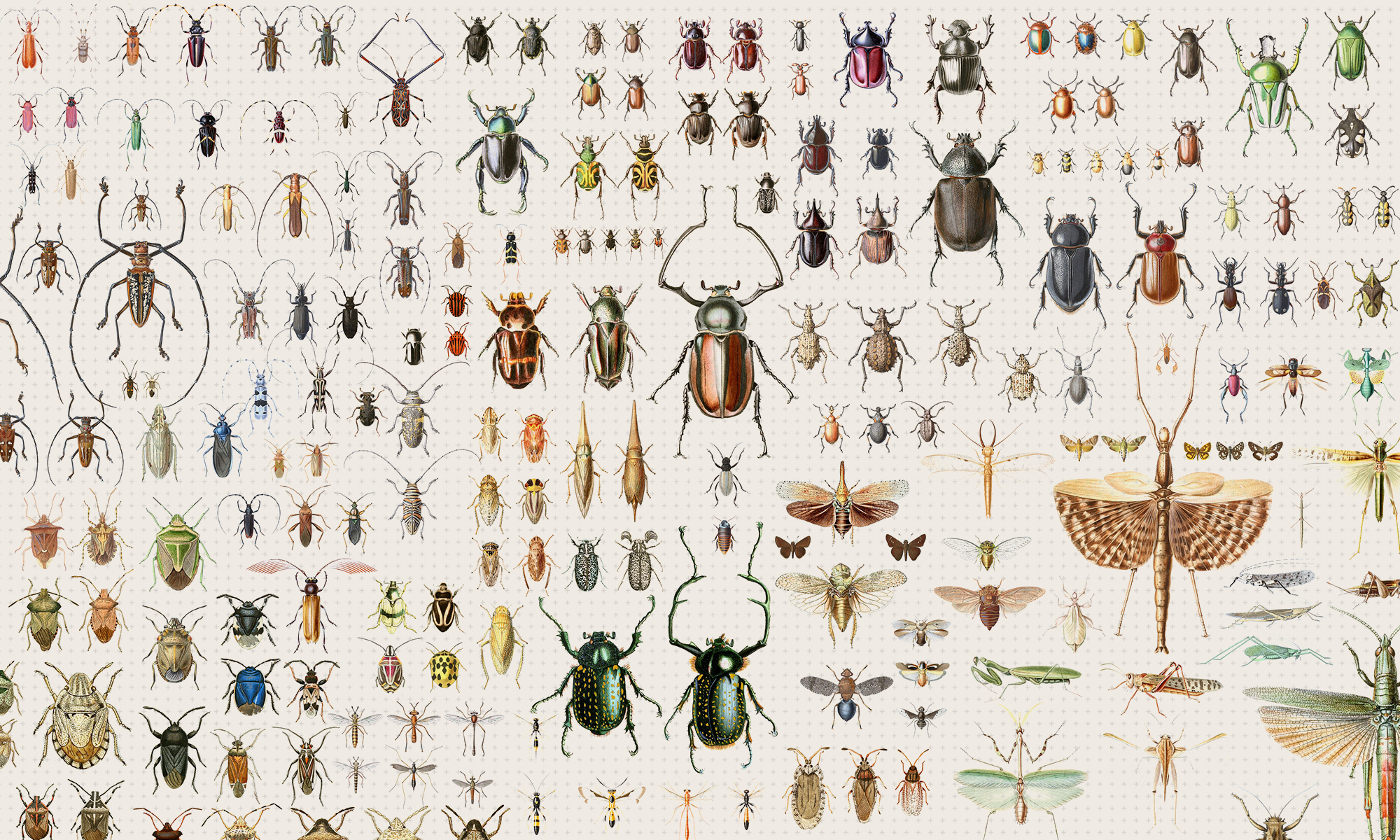
History button — shows a summary of users search history up until the current insect, including the attributes and parameters that were altered. This helps users backtrack their steps and lead them to exciting new insights.
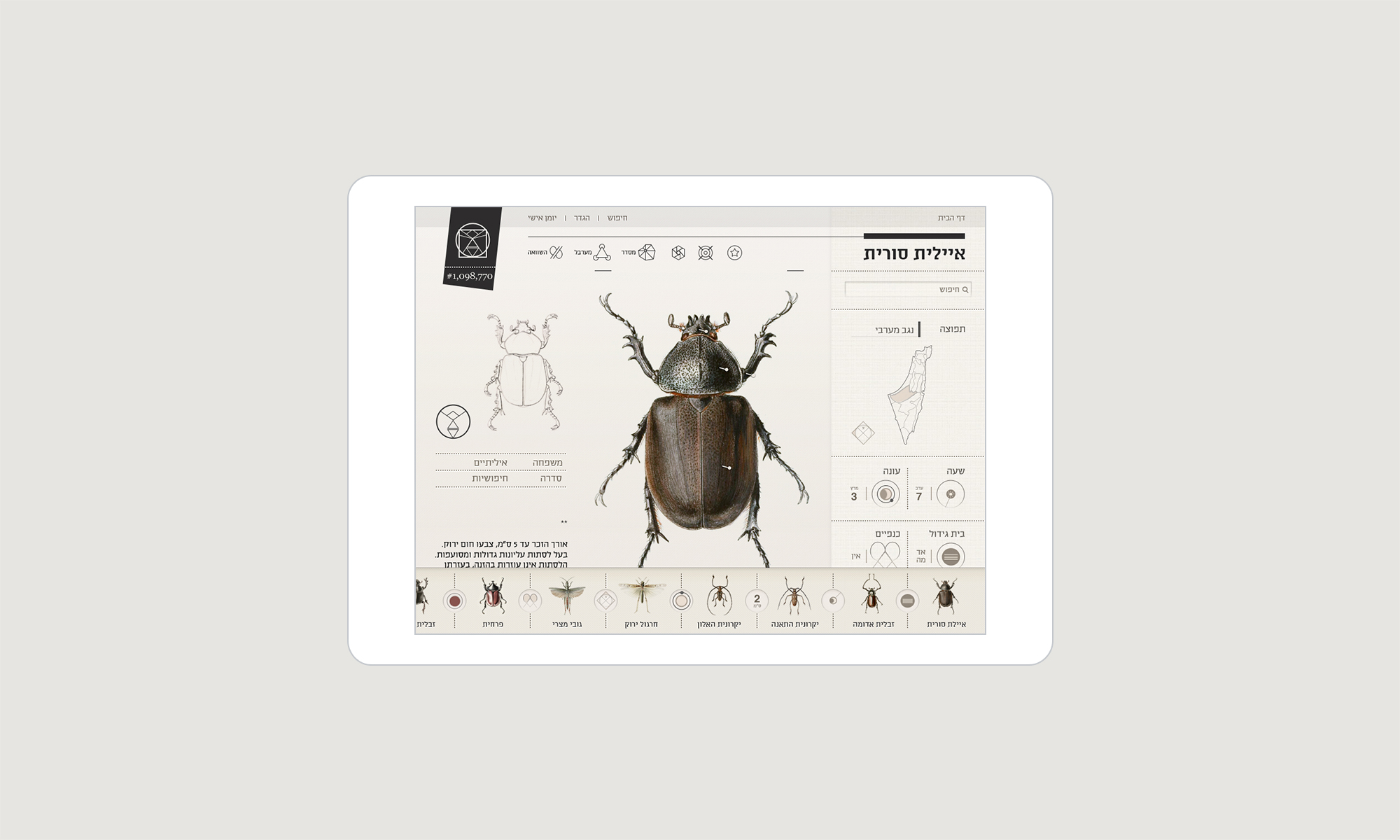
Profile page — this is the home of a users insect ‘collection’. These are either insects they’ve found through the app or in the world. Various statistics about the collection can also be found here.
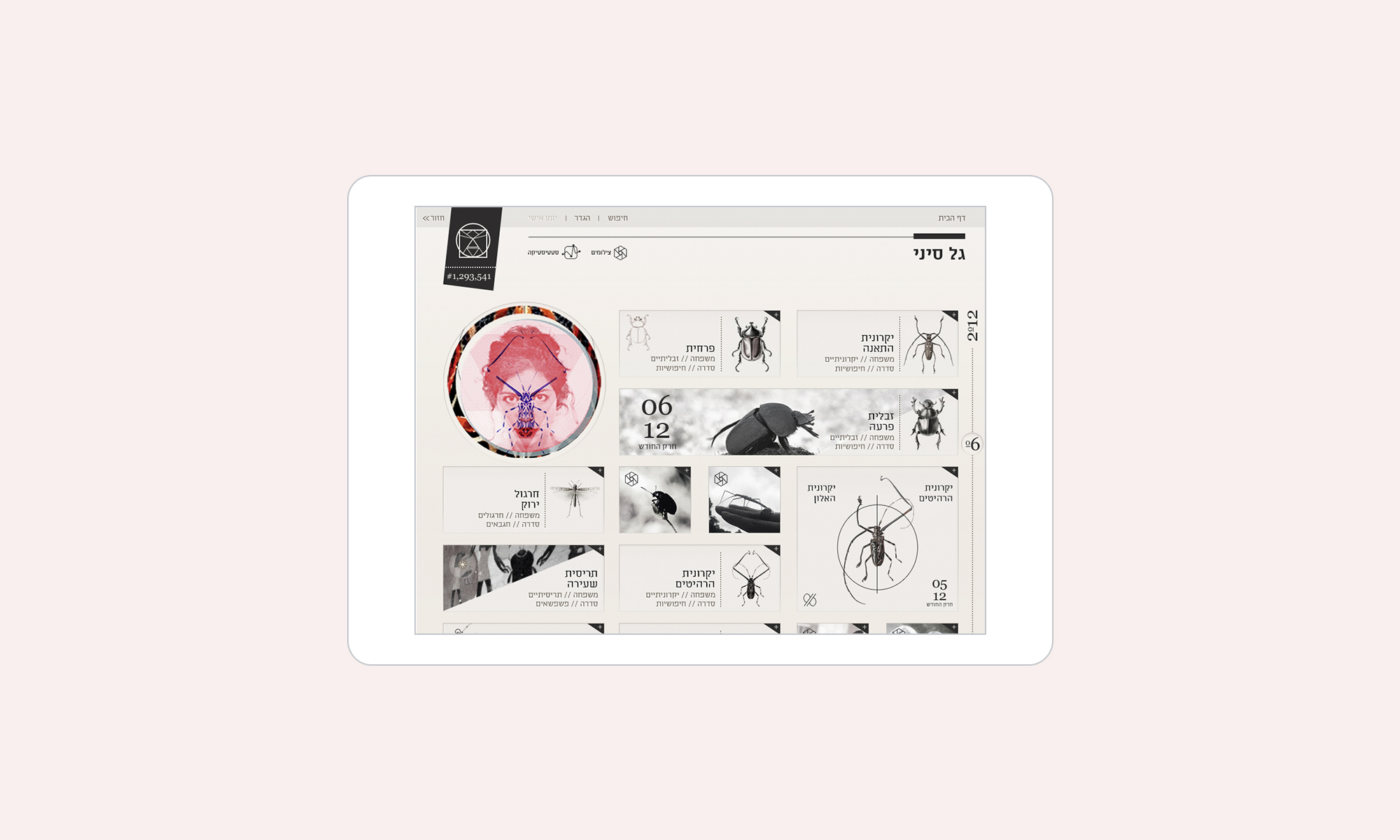
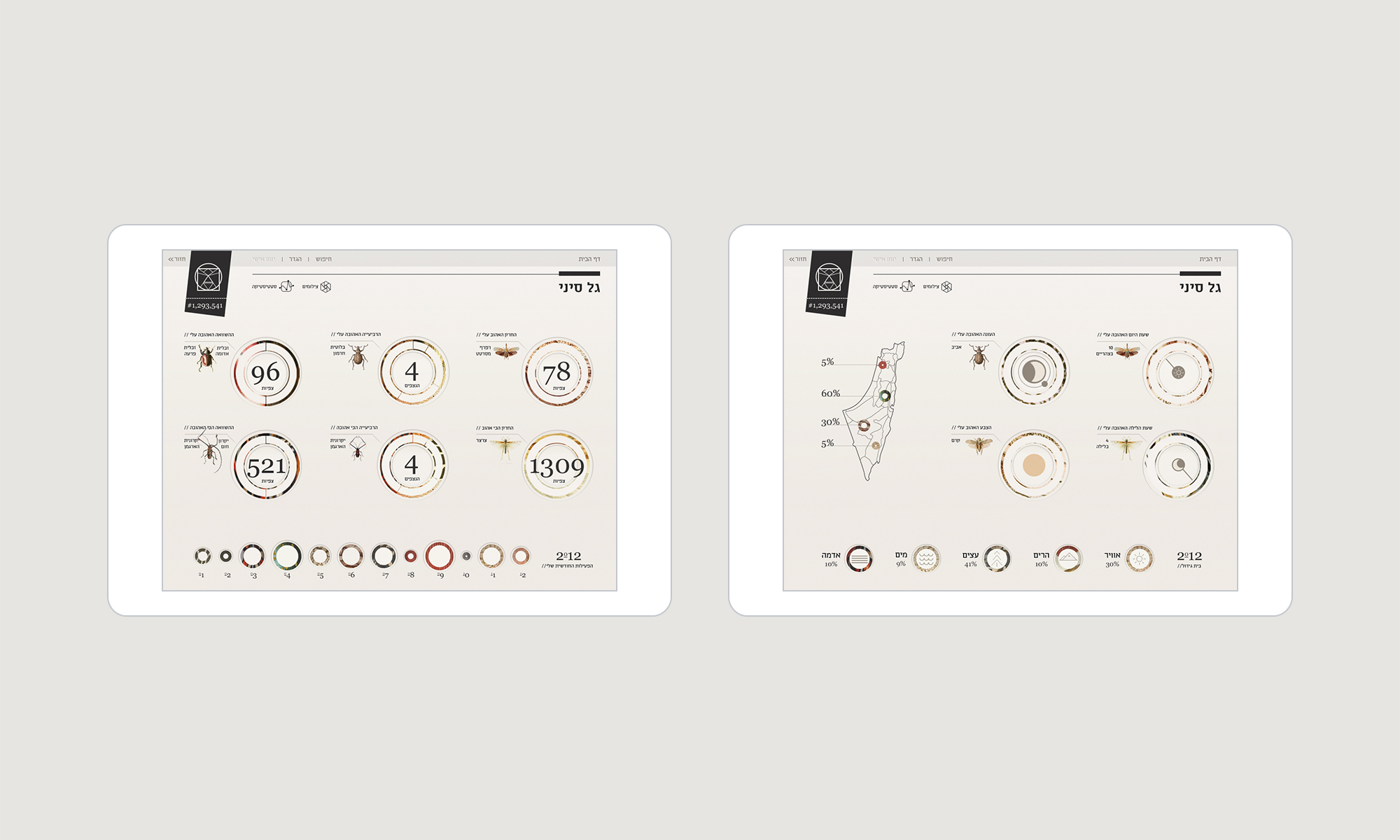
Adobe design achievement awards 2013 — this project won me an award where I was flown out to New York for an official ceremony — proudest moment of my life up until then.
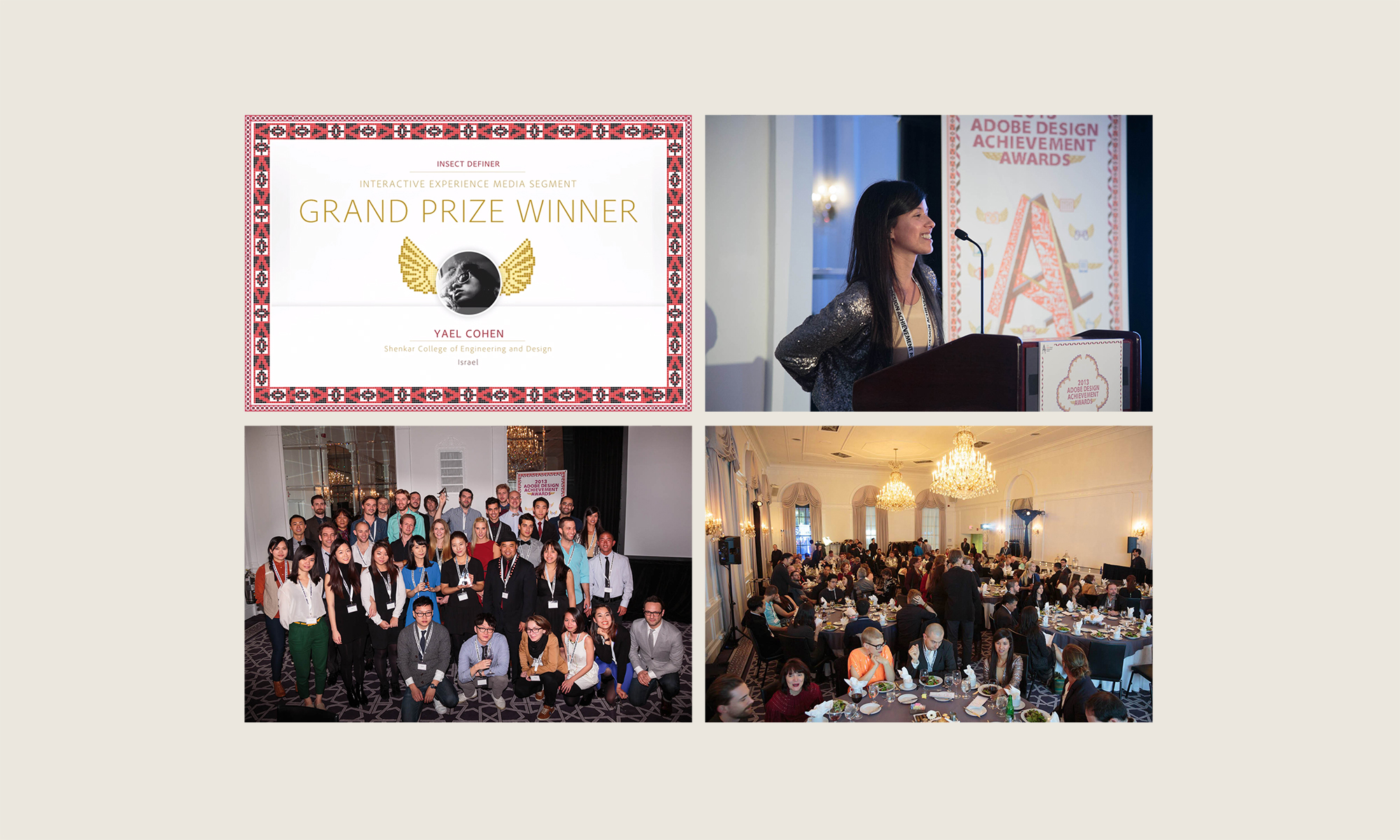 next project Gong
next project Gong